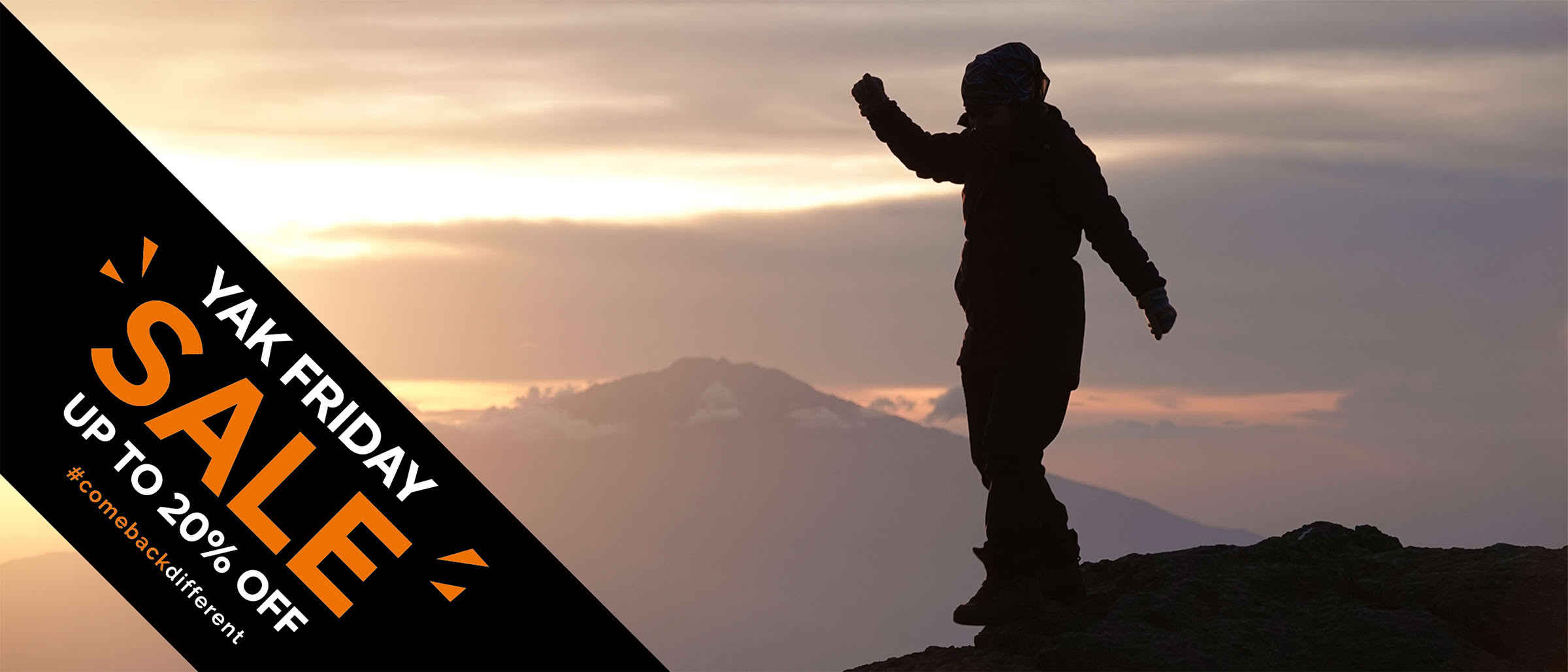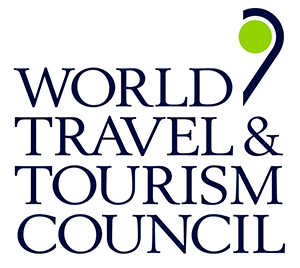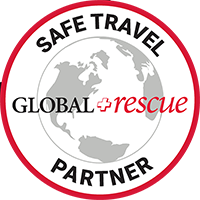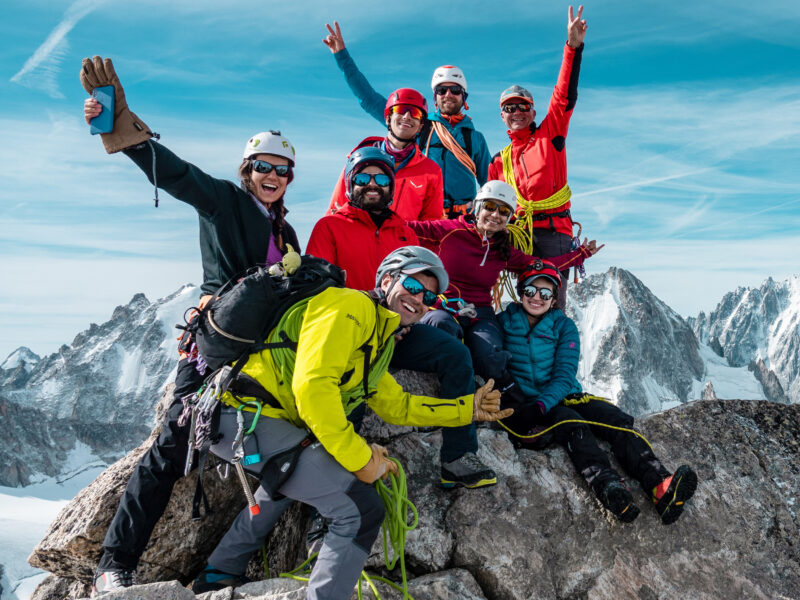BY Rami Rasamny | August 02 2025
What I Wish I Knew Before Trekking in Nepal
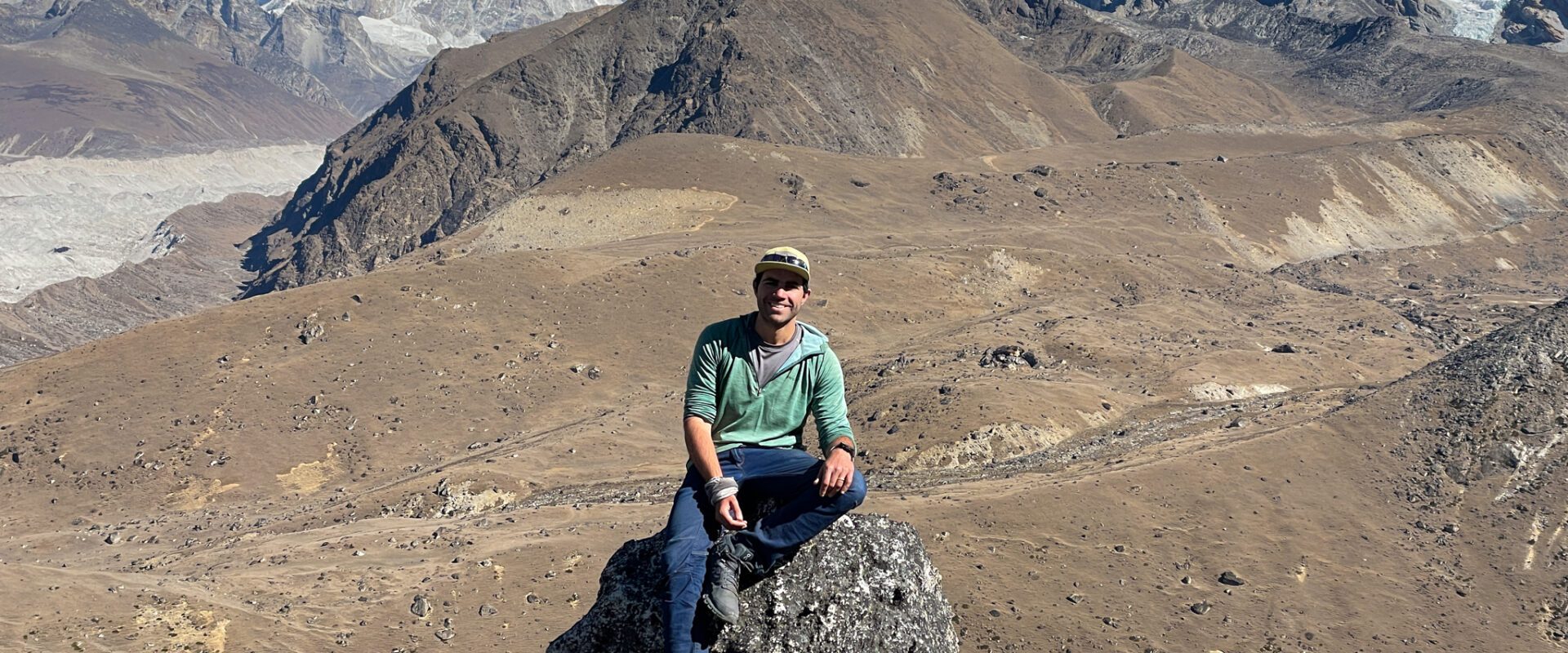
No matter how much you research, Nepal has a way of humbling even the most prepared trekkers. Between the spiritual energy of the Himalayas and the raw physicality of the trails, it’s a place that transforms but also tests you. Looking back, there are a few things I wish someone had told me before I zipped up my duffel and headed for the hills. If you’re planning your first (or even fifth) Himalayan trek, here are a few things worth knowing before you go.
1. “Nepali flat” is anything but flat
Ask a local how the trail is and they’ll say, “It’s flat.” What they really mean is a little up, a little down. What that really means is a few hundred meters of vertical gain and loss. It’s charming until you’ve been walking for five hours on what you thought was going to be a rest day. Embrace the rhythm, pack light, and don’t trust the word “flat.”
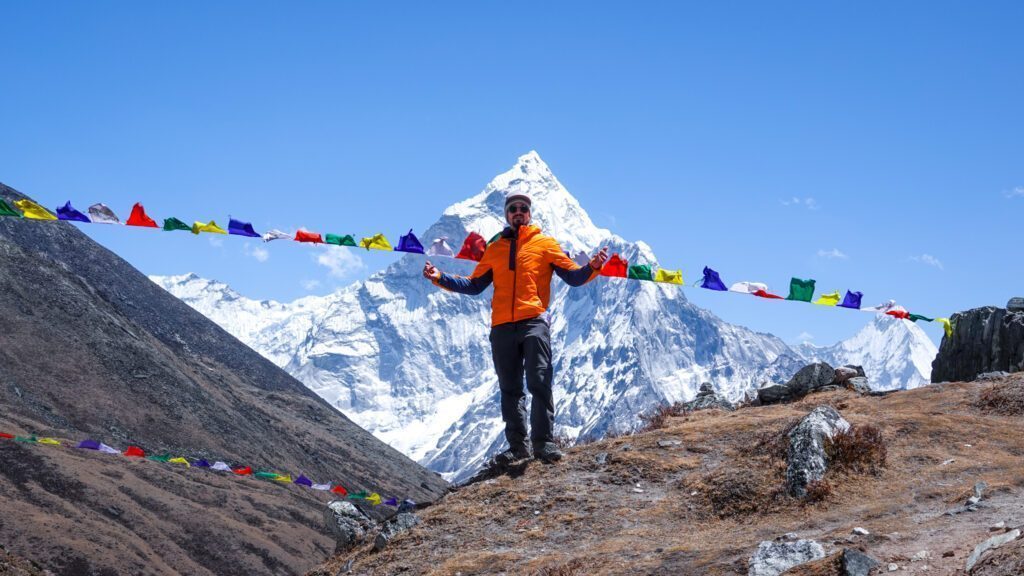
2. Kathmandu dust is no joke
Kathmandu is chaotic, colourful and coated in a fine layer of dust. If you’re exploring on foot before your trek, wear a mask. The last thing you want is to start your adventure with a sore throat or sinus infection. It’s a simple fix that can save your whole trip.
3. The Everest region is iconic but it’s not everything
There’s no denying the magic of Everest Base Camp. But Nepal has more to offer than just one trail. The serene lakes of Gokyo, the quiet beauty of Langtang, the rich culture of the Annapurna region each offers its own kind of wonder. If you’ve only heard of Everest, dig a little deeper. You might find something even better.
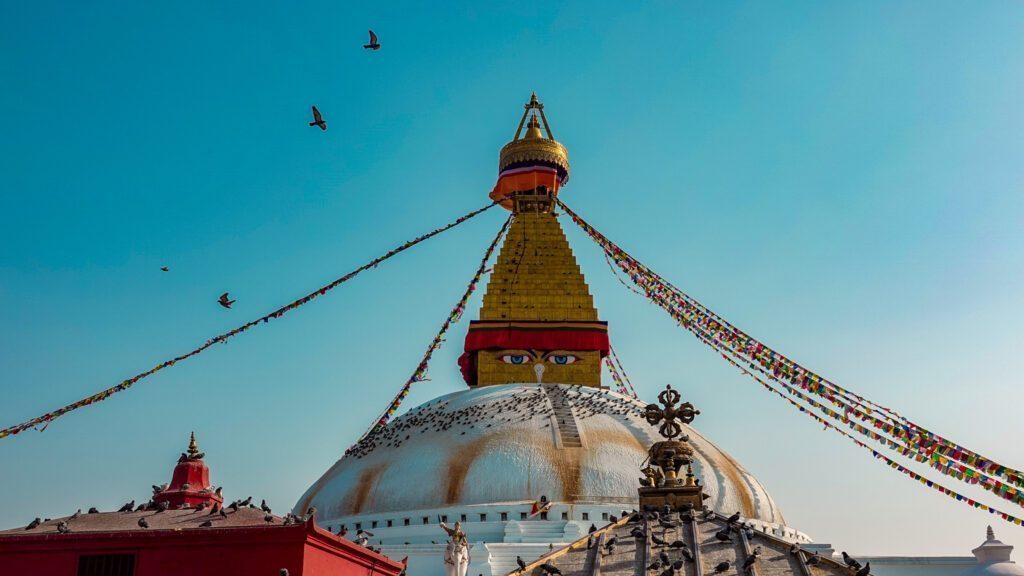
4. Yaks have right of way and opinions
Here’s the rule: always stay on the mountain side when yaks or donkeys pass. It’s not just about etiquette. A gentle nudge from a pack animal can send you tumbling. And never raise your trekking poles at them they see it as aggression and trust us, you don’t want to start a standoff with a yak.
5. Don’t drink the water not even to brush your teeth
Tap water in Nepal is a fast track to a ruined trek. Bottled water isn’t ideal for the environment, but even “purified” or “filtered” alternatives are a gamble. Most locals will tell you the same thing: use bottled water for drinking, brushing your teeth, and even rinsing your toothbrush.
6. Thamel is just the beginning
Too many people breeze through Kathmandu like it’s just a layover. But if you give it time, the city reveals a deeper soul. Wander the courtyards of Patan, get lost in the alleys of Bhaktapur, or sit in quiet reflection at Boudhanath. Nepal’s culture is just as moving as its mountains.
7. Altitude is altitude even at “low” elevations
In Nepal, even the villages that feel low are still sitting well above sea level. Take time to acclimatize. Listen to your body. Don’t rush the process just because you’re technically not “high” yet. Many people fall ill in the early stages simply because they don’t respect the elevation.
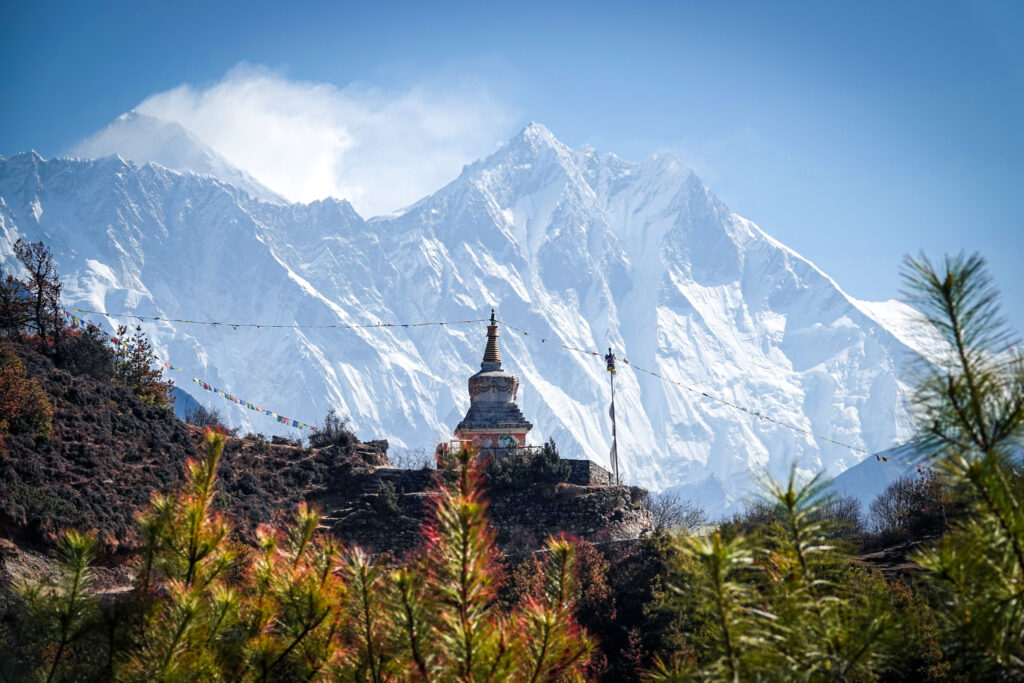
8. Dress smart and avoid the sweat trap
You’ll see it often people hiking uphill in down jackets, sweating through every layer. It’s a recipe for dehydration and temperature swings. Try to keep your body temperature stable. Peel layers off when you’re moving, put them on the second you stop. Stay dry and stay ahead of the chill.
9. Dehydration will end your trek before anything else
Between the altitude, exertion, and dry mountain air, you lose water faster than you think. Sip regularly, not just when you feel thirsty. Dehydration is the number one reason people start to feel altitude sickness early. It’s also entirely preventable.
10. Clean clothes clean start
After long days of trekking, it’s tempting to collapse into your sleeping bag the moment you arrive. But take the time to shower (when available) or at least change your clothes. Wet sweaty base layers at night can make you cold fast. A quick rinse and dry set can go a long way for comfort and hygiene on multi day trails.
Final thought? Trekking in Nepal is one of the most rewarding things you’ll ever do. But reward comes from awareness of your body, of your surroundings, and of the culture you’re stepping into. Know the little things ahead of time and you’ll spend less time worrying and more time taking it all in.
About The Author
Rami Rasamny is the founder of Life Happens Outdoors, a premium adventure travel community dedicated to transforming lives through curated outdoor experiences. A mountaineer and entrepreneur, Rami has led teams on some of the world’s most challenging peaks, from the Alps to the Himalayas. His mission is to make adventure accessible, transformative, and safe for all who seek to push their limits and Come Back Different.
About Life Happens Outdoors
At Life Happens Outdoors, we believe in the power of nature to transform lives. As proud members of the Adventure Travel Trade Association (ATTA) and the World Travel & Tourism Council (WTTC), our team of certified guides and outdoor professionals is committed to the highest standards of safety, sustainability, and excellence.
Discover more about our story and mission on our Meet LHO page, or explore our curated adventures such as the Tour du Mont Blanc Trek, the Climb of Kilimanjaro, and Chasing the Northern Lights.









